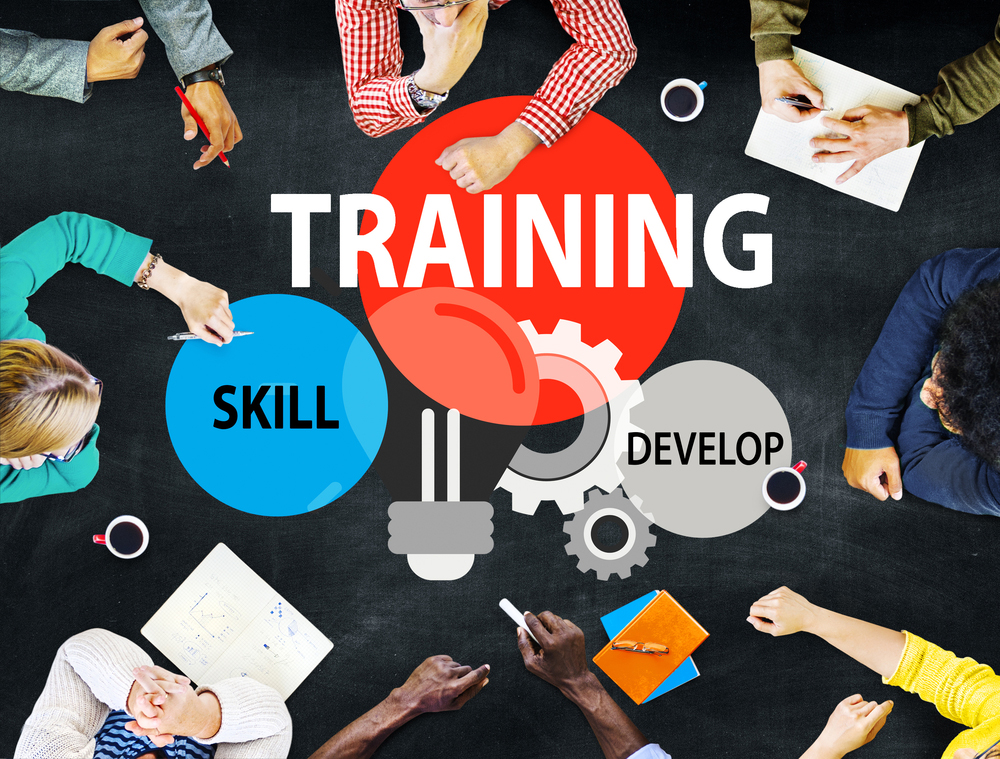In today’s competitive business landscape, the success of any organization relies heavily on the skills and capabilities of its workforce. Corporate skills training plays a crucial role in equipping employees with the expertise they need to excel in their roles, adapt to changes, and drive business growth.
This blog explores the importance of corporate skills training, the types of skills it focuses on, and how organizations can implement effective training programs to build a high-performing team.
What Is Corporate Skills Training?
Corporate skills training refers to structured programs designed to develop and enhance the competencies of employees in an organization. These programs address both hard skills, such as technical knowledge, and soft skills, such as communication and teamwork.
By investing in training, companies not only improve individual performance but also foster a culture of continuous learning and innovation.
Why Corporate Skills Training Is Essential
- Boosts Productivity:
Employees with the right skills work more efficiently, reducing errors and improving overall productivity. - Enhances Employee Retention:
Offering training opportunities shows employees that the company values their growth, leading to higher job satisfaction and retention rates. - Improves Adaptability:
With industries evolving rapidly, training helps employees stay updated on the latest tools, technologies, and trends. - Strengthens Leadership:
Leadership training prepares employees to take on managerial roles, ensuring smooth succession planning. - Drives Innovation:
Skill-building encourages creative problem-solving and innovative thinking, essential for staying competitive in the market.
Key Areas of Corporate Skills Training
1. Soft Skills Development
Soft skills are essential for effective collaboration and communication in the workplace. Key focus areas include:
- Communication Skills: Active listening, presentation, and negotiation.
- Teamwork: Building trust and fostering collaboration.
- Problem-Solving: Creative and analytical thinking.
- Emotional Intelligence: Understanding and managing emotions to improve interpersonal relationships.
2. Technical Skills Training
Technical training equips employees with the specific knowledge and expertise needed for their roles. Examples include:
- Software Proficiency: Training on tools like Excel, CRM platforms, or industry-specific software.
- Data Analysis: Teaching employees to interpret and leverage data effectively.
- IT and Cybersecurity: Ensuring employees can navigate and secure digital systems.
3. Leadership and Management Training
Developing leadership skills is crucial for grooming future managers. Training typically covers:
- Decision-Making: Strategic thinking and risk assessment.
- Conflict Resolution: Mediating disputes and fostering a positive work environment.
- Delegation and Team Management: Assigning tasks effectively and motivating teams.
4. Compliance and Regulatory Training
This ensures employees understand and adhere to industry standards, laws, and regulations. Common topics include:
- Workplace safety protocols.
- Anti-harassment and discrimination policies.
- Financial compliance and ethical practices.
5. Diversity and Inclusion Training
Promoting diversity and inclusion fosters a more equitable workplace. Training focuses on:
- Recognizing and addressing unconscious bias.
- Creating an inclusive work culture.
- Encouraging diverse perspectives in decision-making.
How to Implement Effective Corporate Skills Training
- Assess Training Needs:
Conduct a skills gap analysis to identify areas where employees need improvement or new skills. - Set Clear Objectives:
Define measurable goals for the training program, such as improving customer satisfaction scores or reducing project completion times. - Choose the Right Training Format:
Options include in-person workshops, e-learning modules, virtual sessions, or a hybrid approach. Select the format that best suits your team’s needs and resources. - Engage Expert Trainers:
Partner with professional trainers or training organizations to ensure high-quality instruction. - Incorporate Interactive Elements:
Use role-playing, simulations, and group discussions to make training sessions more engaging and effective. - Measure Outcomes:
Track the impact of training programs using metrics such as employee performance, productivity, and feedback surveys.
Benefits of Corporate Skills Training
- Enhanced Team Performance:
Well-trained employees collaborate more effectively, leading to better team outcomes. - Competitive Advantage:
Organizations with skilled employees can adapt quickly to industry changes and outpace competitors. - Reduced Turnover Costs:
Investing in employee development reduces turnover, saving costs associated with hiring and onboarding. - Improved Customer Satisfaction:
Employees with strong skills provide better service, enhancing the customer experience and loyalty. - Positive Workplace Culture:
Training fosters growth, learning, and mutual respect, creating a thriving work environment.
Trends in Corporate Skills Training
- Personalized Learning Paths:
Tailoring training programs to individual employee needs ensures relevance and engagement. - Gamification:
Adding game-like elements to training sessions increases motivation and participation. - Microlearning:
Delivering content in short, focused bursts makes it easier for employees to learn and retain information. - AI-Powered Training:
Using AI tools to analyze skill gaps and recommend personalized learning resources. - Focus on Soft Skills:
With automation handling many technical tasks, companies are placing greater emphasis on soft skills development.
Conclusion
Corporate skills training is an investment in the future success of any organization. By equipping employees with the skills they need to excel, businesses can improve productivity, foster innovation, and create a positive work environment. Whether it’s soft skills, technical expertise, or leadership development, comprehensive training programs pave the way for individual and organizational growth.
As the workplace continues to evolve, embracing ongoing training ensures that both employees and companies remain agile, competitive, and ready for new challenges.







Leave A Comment